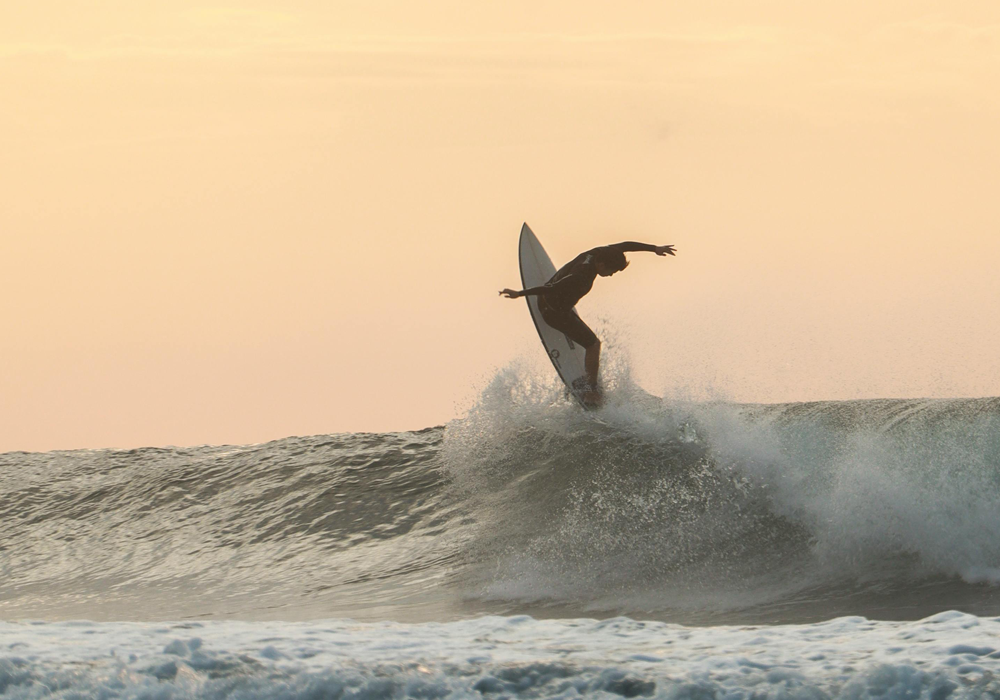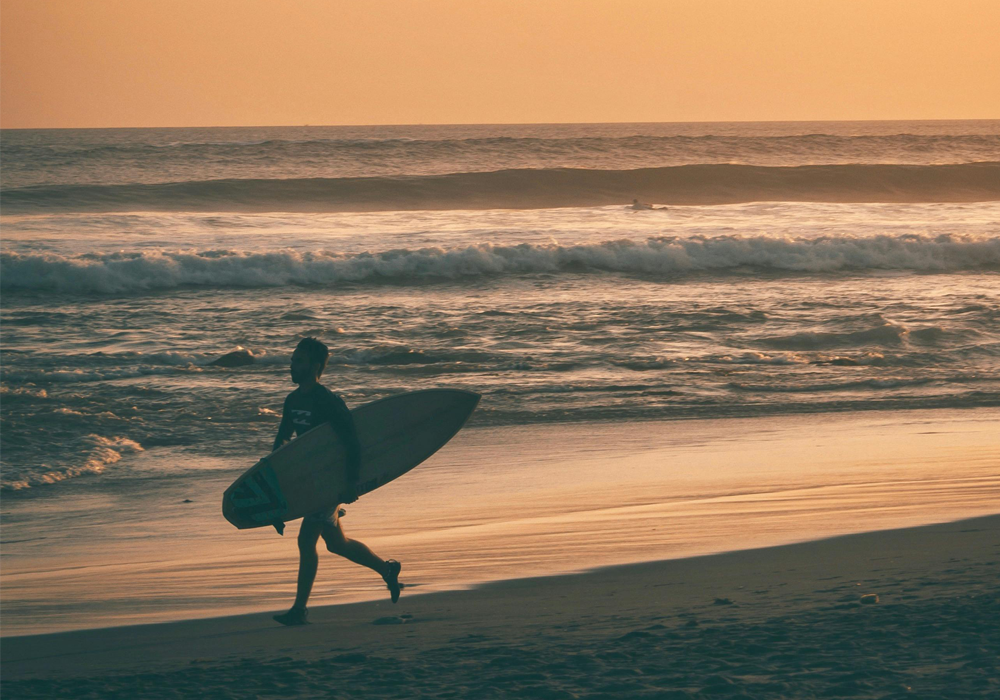Wave direction is a fundamental concept in surfing, referring to the way a wave breaks and peels. It dictates which direction a surfer will travel along the face of the wave. Imagine standing on the beach, looking out at the ocean. If a wave breaks from right to left, it’s a left-hand wave. Conversely, if it breaks from left to right, it’s a right-hand wave. This seemingly simple distinction has profound implications for a surfer’s stance, strategy, and overall experience. Understanding wave direction is crucial for wave selection, positioning, and maximizing the ride.
The Dynamics of Right-Hand Wave Direction
Right-hand waves break from left to right, meaning the wave’s shoulder peels in that direction. For a surfer facing the wave, the whitewater will be on their left, and the open face will be on their right. This direction is advantageous for surfers riding in a natural stance (right foot forward). These surfers, often called “regular foot” surfers, find it easier to generate power and maintain balance when their leading foot is positioned towards the direction of the wave’s travel. Right-hand waves often allow for longer, more drawn-out turns, as the wave’s open face typically extends in a smoother, more predictable line. This makes them ideal for practicing bottom turns, cutbacks, and other fundamental maneuvers.
The Allure of Left-Hand Waves
Left-hand waves break from right to left. For a surfer facing the wave, the whitewater will be on their right, and the open face will be on their left. This direction is naturally suited to surfers who ride in a goofy stance (left foot forward). Just as regular foot surfers find right-handers easier, goofy foot surfers find left-hand waves more comfortable and intuitive. Left-hand waves often provide opportunities for powerful carves and extended rides, particularly when the wave is long and peeling consistently. They can also offer more challenging sections and steeper drops, appealing to more experienced surfers seeking a thrill.
Right-Hand Waves: A Regular Foot Surfer’s Paradise
The advantage of a right-hand wave for a regular foot surfer stems from the natural alignment of their body with the wave’s direction. With their right foot forward, they are facing the open face and can more easily initiate turns by leaning into the wave. This natural positioning translates to better balance, more efficient power transfer, and a smoother, more connected feel with the wave. The flow of the wave naturally complements the regular foot stance, making it easier to maintain speed and link maneuvers together. This is why many beginners and intermediate surfers find right-hand waves easier to learn and progress on, especially if they are regular foot surfers.
Left-Hand Waves: Goofy Foot Surfers Take Center Stage
For goofy foot surfers, left-hand waves offer the same advantages that right-hand waves provide for regular foot surfers. The left foot forward stance aligns perfectly with the direction of the breaking wave, allowing for natural and efficient turns. Goofy foot surfers on left-handers often find it easier to generate speed and power, allowing them to execute more radical maneuvers. The wave’s shape and direction complement their stance, providing a more intuitive and comfortable riding experience. This is why left-hand waves are often favored by goofy foot surfers looking to push their limits and perfect their technique.
Why Lefts are Prime for Goofy Foot Surfers
The synergy between a goofy foot surfer and a left-hand wave is undeniable. The natural flow of the wave mirrors the surfer’s stance, creating a harmonious connection. This alignment makes it easier to initiate turns, maintain balance, and generate speed. The power generated from the surfer’s back foot, which is the left foot for goofy foot surfers, is directly transferred into the wave, allowing for powerful carves and drawn-out turns. This natural advantage often translates to faster progression and greater confidence in the water for goofy foot surfers on left-hand waves.
Why Rights Reign Supreme for Regular Foot Surfers
The same principle of natural alignment applies to regular foot surfers on right-hand waves. The right foot forward stance allows for intuitive turns and efficient power transfer. The wave’s direction complements the surfer’s body positioning, making it easier to maintain balance and control. This natural synergy often results in a smoother, more fluid surfing style. Regular foot surfers on right-hand waves can more easily link maneuvers together, creating a seamless flow from bottom turns to cutbacks and beyond. This is why many consider right-hand waves to be ideal for regular foot surfers, especially those looking to refine their technique and progress their surfing.
The Importance of Adaptability
While wave direction and stance play a significant role in surfing performance, adaptability is key. Skilled surfers can ride both right and left-hand waves effectively, regardless of their stance. Developing the ability to ride in both directions expands a surfer’s wave selection and opens up new possibilities for exploration and progression. While a natural advantage exists for surfers riding waves that match their stance, practice and dedication can bridge the gap and allow surfers to excel in all conditions. Ultimately, understanding wave direction is just one piece of the puzzle. Factors like wave size, shape, wind, and swell direction also play crucial roles in determining the quality of a wave and the overall surfing experience.


